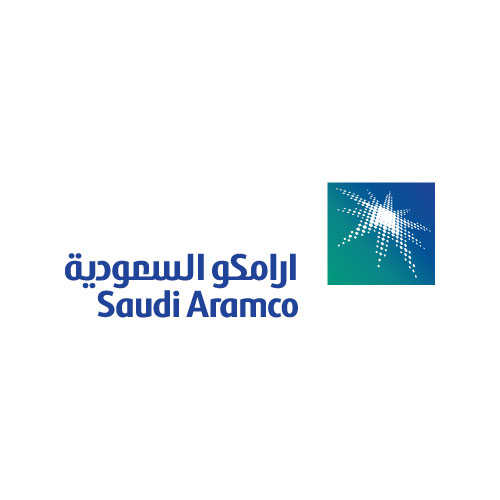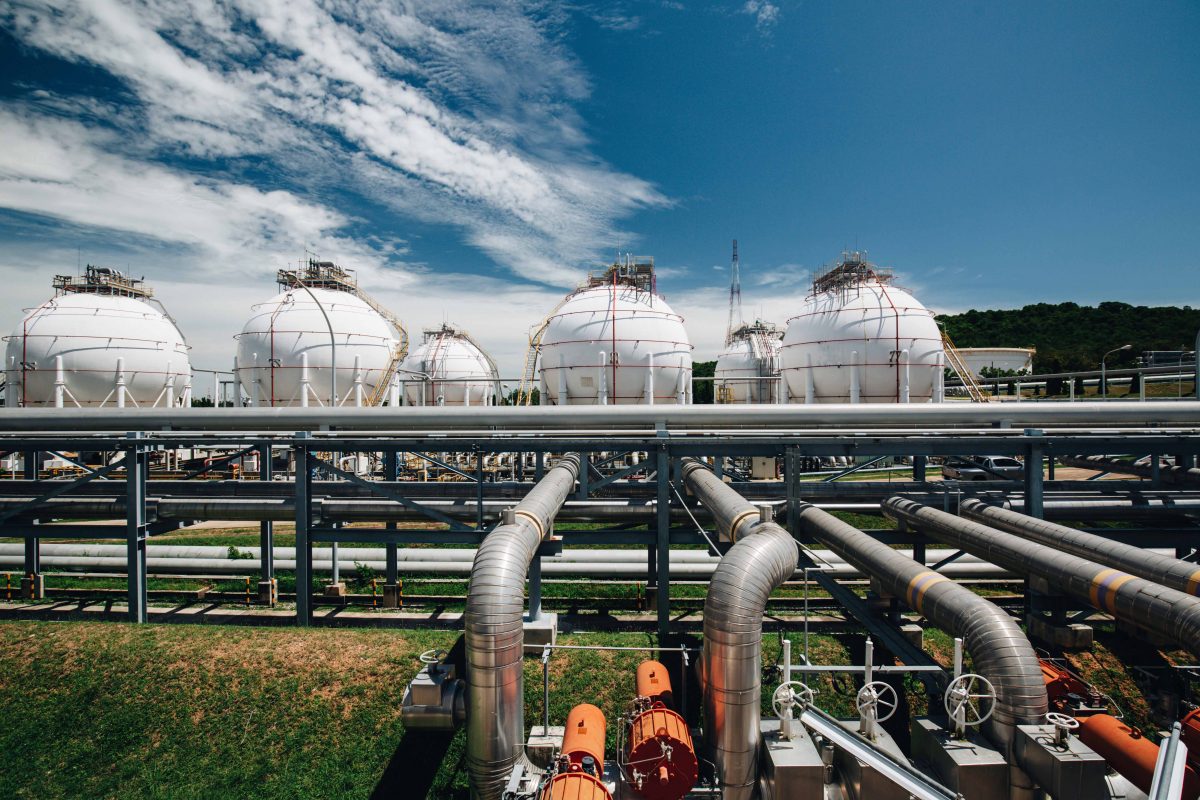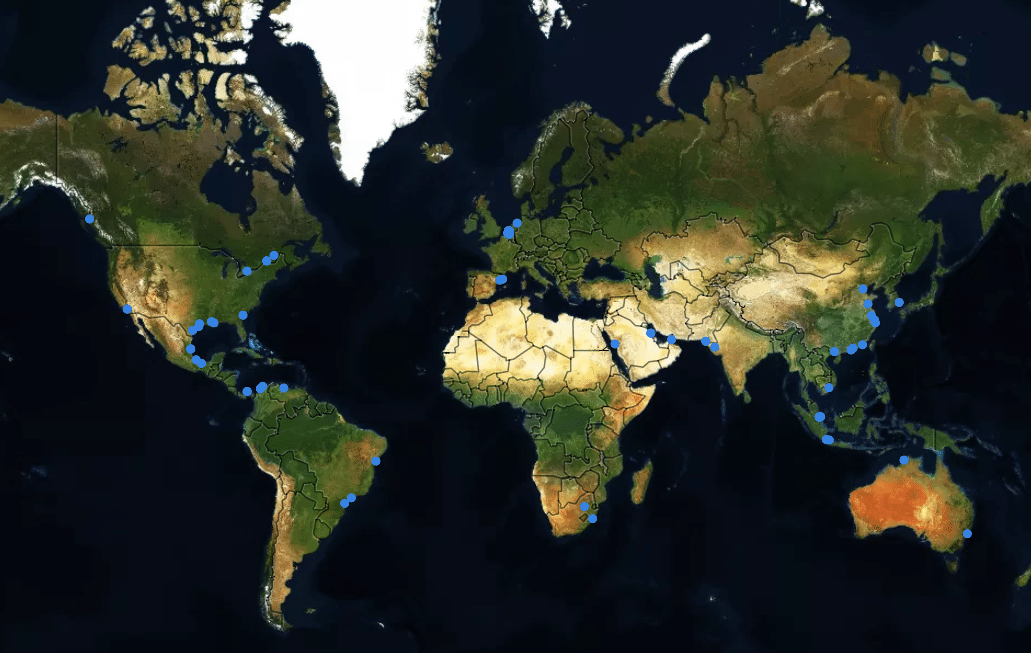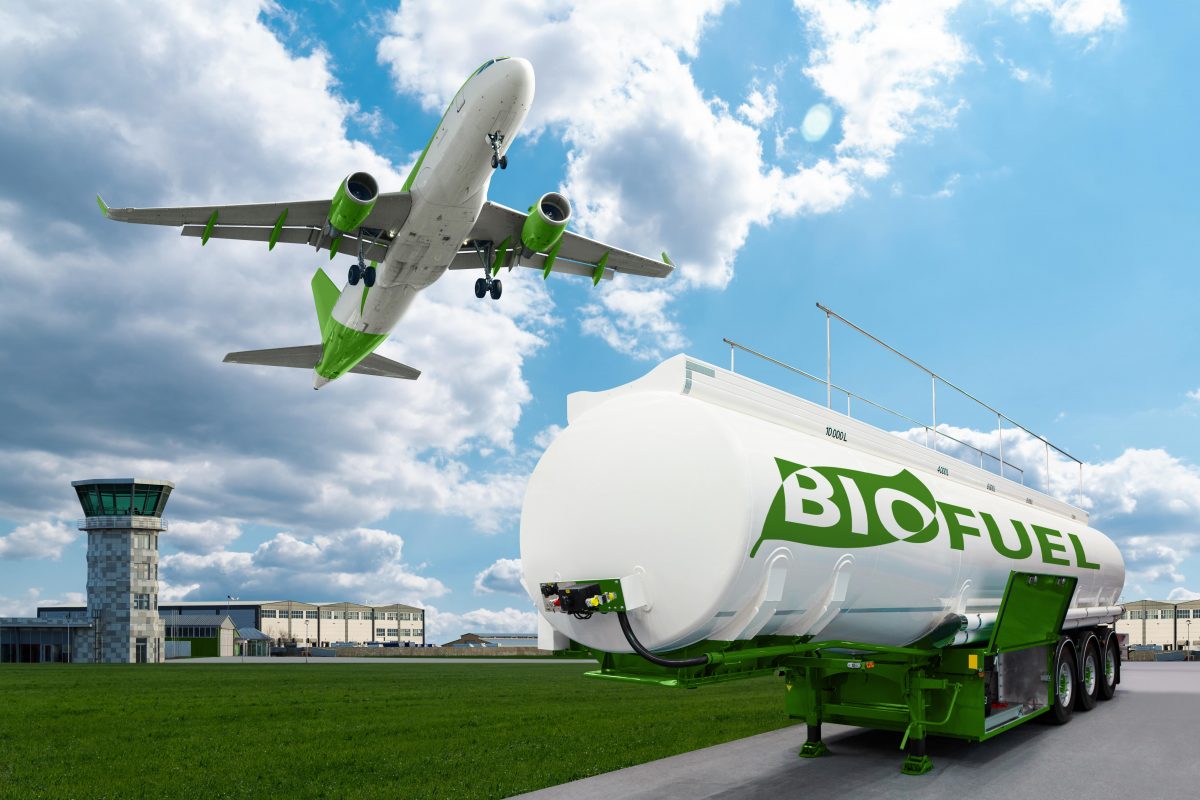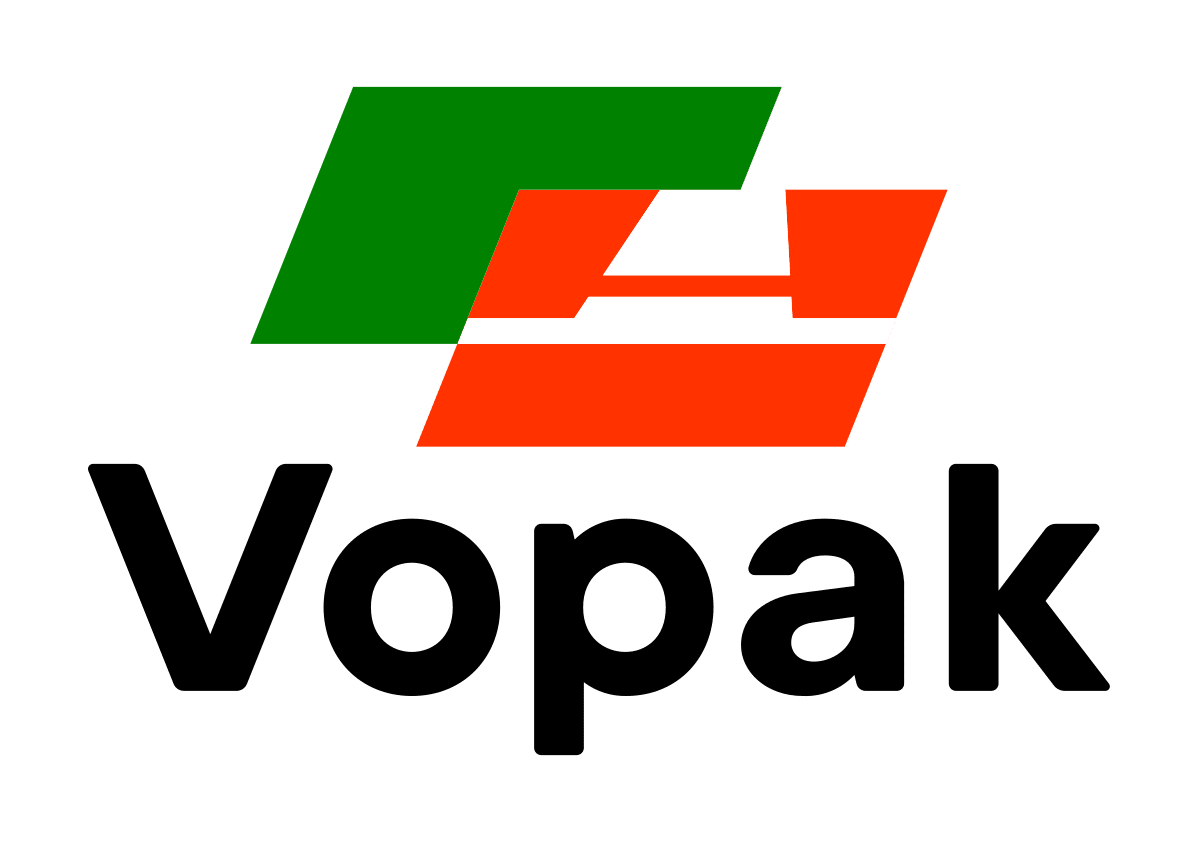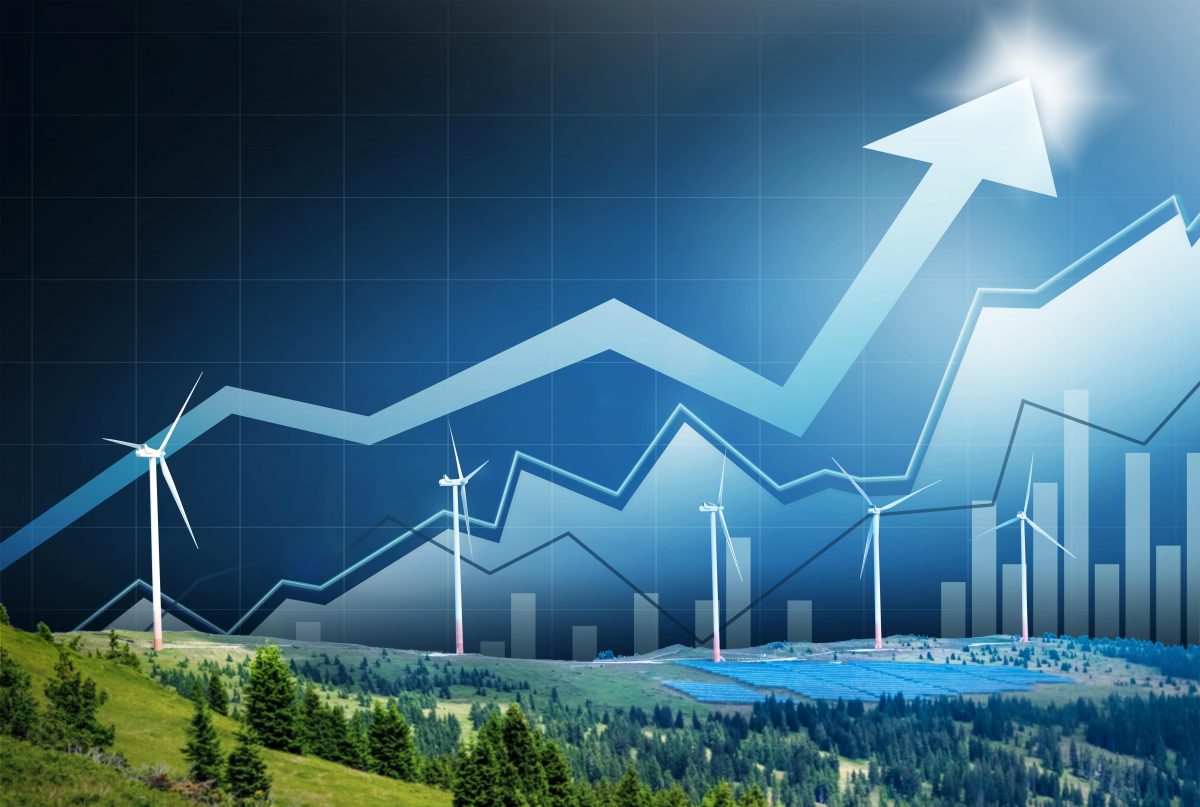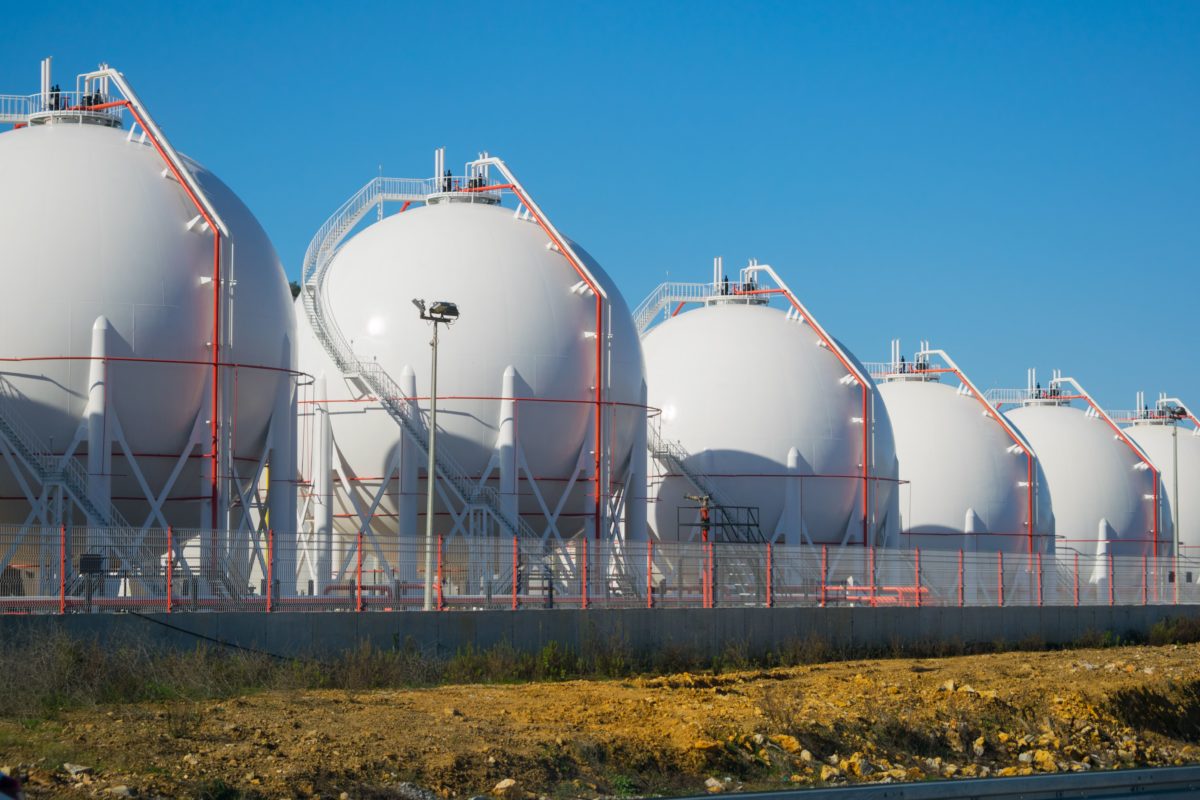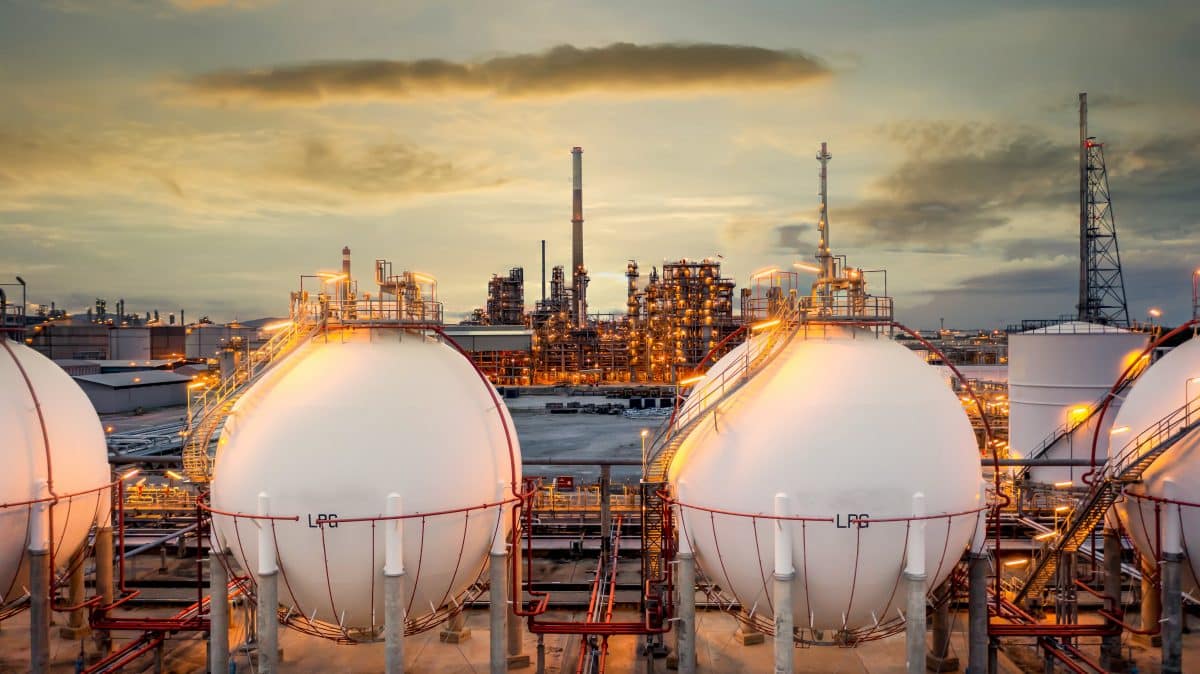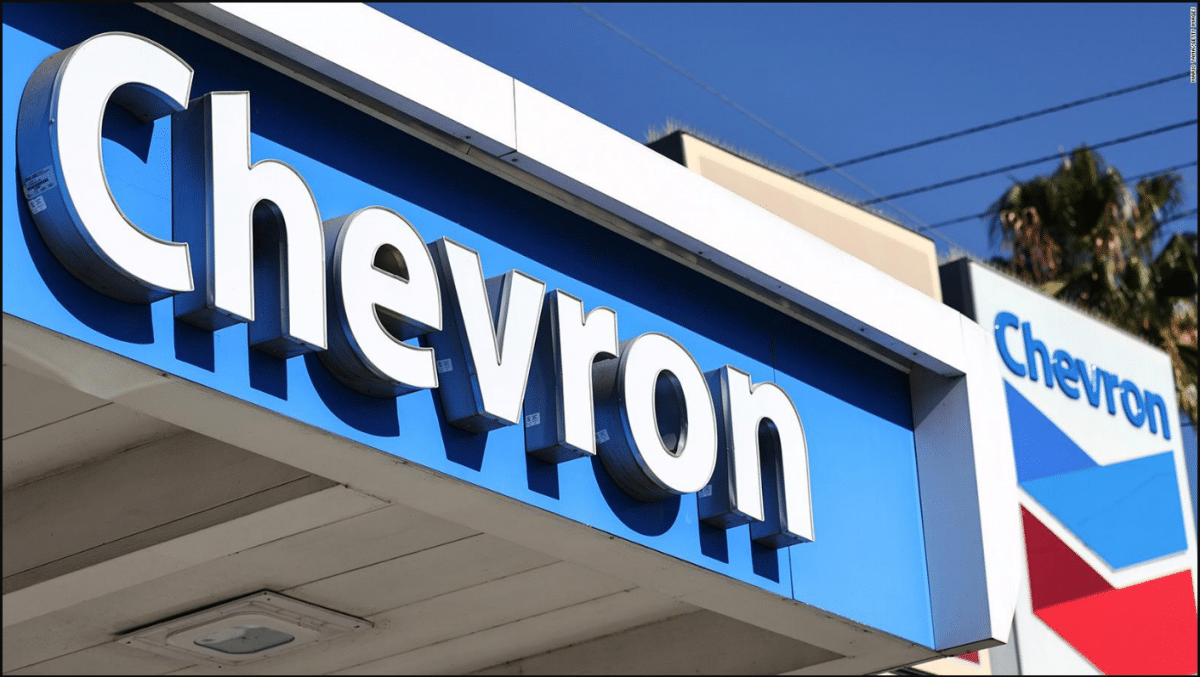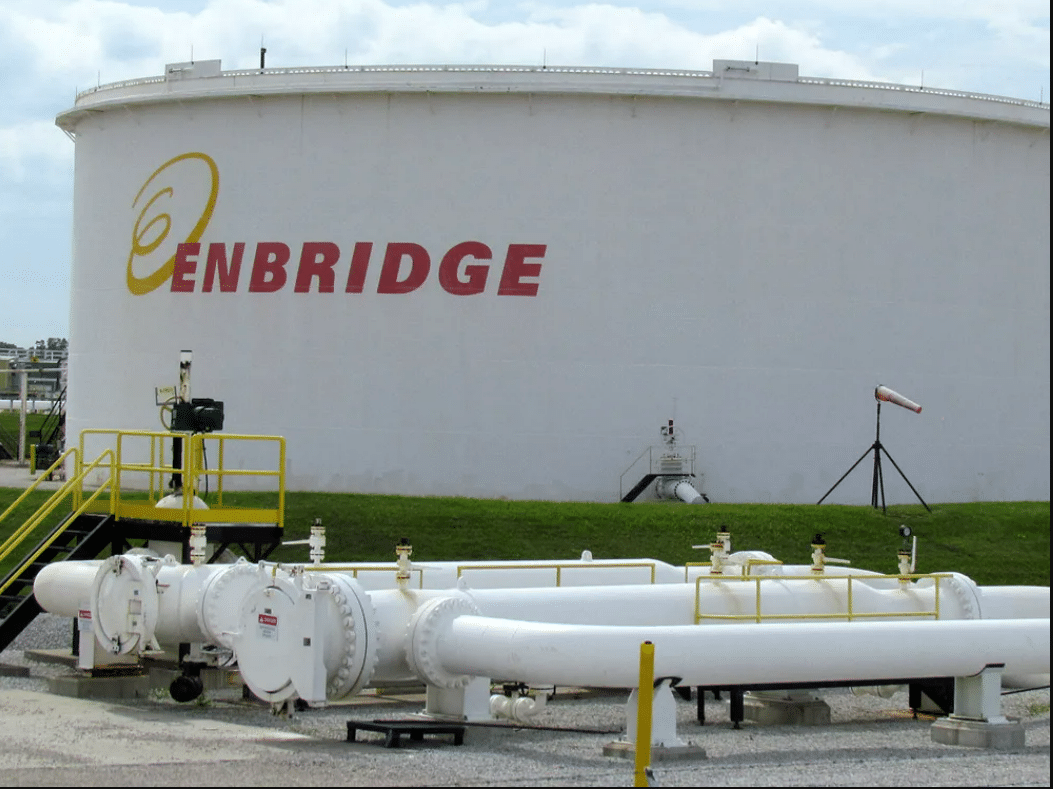On average, natural gas releases 50% less emissions than coal upon combustion. As a result, natural gas is uniquely positioned as a transition fuel to support an affordable and secure energy transformation through the displacement of coal power electricity generation.
Ideally, natural gas is transported via pipelines. But in the absence of that being feasible, natural gas is compressed into a liquid for ready transport to alternative markets. Environmentally-sustainable, safe, and reliable delivery of LNG to consumer markets requires investment in new and expanded infrastructure, continuous process improvement, increasingly robust supply chain networks, and collaboration across members of the value chain. This can be achieved by applying digital solutions across the asset lifecycle.
A raft of obstacles in place
A new global gas order
The LNG market is poised for continued near-term growth, fuelled by market demand in Europe and Asia and the beneficial impact of displacing coal fired electricity generation with natural gas. McKinsey, for example, recently reported that the global demand for LNG is expected to increase by 1.5 – 5%/y until 2035.1 Preventing a shortage in supply requires additional investment in both liquefaction and regasification facilities; however, conflicting energy transition scenarios and evolving regulation is a risk for future expansion of the market and may deter investment. Capital discipline and supply chain agility will be required to entice additional investment needed to meet forecasted LNG demand.
Limited responsivity to market dynamics
Looking to the future, the global LNG market is likely to be subject to substantial geopolitical and price risk. Inflexibility of long-term contract commitments, current infrastructure limitations, and the cost of LNG storage and transportation are a few of the challenges the LNG industry must overcome to be more responsive to market dynamics. To overcome these challenges, the industry needs to invest in infrastructure and improve collaboration across partners such that volume can be best allocated to meet demand and optimise the value chain systematically.
LNG production is an energy intensive process
One of the primary challenges in the LNG industry is optimising the performance of the cryogenic multi-stream heat exchangers, which are central to the gas liquefaction process. These heat exchangers are complex due to their geometry, subjectivity to external weather and temperature variables, and the multiple streams flowing through them. Improved handling of these units presents a significant opportunity for margin improvement as energy costs represent the largest controllable operating cost to an LNG operator, with a typical LNG plant consuming 10% of its own feed.
Enhancing the ability of a site to optimise run rates based on the thermal efficiency of these trains, with digital solutions and advanced sensors, can drive overall profitability, lower energy consumption, and provide a substantial pathway for carbon abatement.
Personnel limitations – a double-edged sword
Natural gas and liquefaction plants often run lean and mean. Advanced sensors and automation technology are a valuable supplement to boots on the ground. Virtual training simulators can also empower operators to run the plant under the most optimal conditions and improve responsivity to process changes.
Feed quality variability
Understanding variability in natural gas inlet feed composition and impurities prior to entering the cryogenic process is critical to defining the best plant configuration, technology and procedures to prevent load disruptions. Digital twins can help simulate and predict the effects of feed quality on plant operations and prioritise corrective action. The agility to respond to feed quality changes with advanced process controls (APC) is imperative to reduce the operating costs of pretreatment and liquefaction and maximise throughput.
Evolving policy around carbon intensity
Calls to action to transition away from fossil fuels, increase renewable energy production, and improve energy efficiency are increasing. As such, so are the policies, regulations, and commitments to do so. While natural gas itself in the near term has been given a bit of a reprieve; to maintain its benefit, increased weight is being placed on producers to limit carbon dioxide (CO2) and methane emissions during the production and transportation of LNG. Industry leaders must plan strategically to lower the carbon intensity of their operations in advance of increased future regulations. This can be accomplished via improved site efficiency, optimised energy consumption, electrification of assets with renewable energy, leak detection and prevention, and carbon capture technologies.
Key drivers to overcome industry headwinds
These are among the most significant headwinds facing the industry today but at a more granular level, offsetting these challenges boils down to four key operational areas. These are all critical as any shortfalls can lead to a loss in profit and potentially impact safety and environmental compliance.
Minimising resource utilisation
Efficient use of energy and other resources in the production process is critical. The goal is to manufacture products while consuming the least possible amount of energy (and thereby limiting emissions) and resources, which not only reduces costs, but also aligns with environmental sustainability goals.
Maximising equipment uptime
Ensuring that equipment is continuously operational, avoiding performance up-sets, and meeting production targets is another key area. This is fundamental because if equipment is not functioning, other factors like energy consumption, product quality, and cost management suffer and can significantly affect the site’s bottom line.
Optimising product yield and quality
Achieving the highest possible yield and quality of product is a major objective. This involves fine-tuning production processes to ensure that output meets the desired standards of quality and quantity, which in turn maximises profitability and customer satisfaction.
Cost and risk management across asset lifecycles
The fourth key performance indicator focuses on optimising the cost and managing the risks associated with all asset expenditures over their lifecycles. This encompasses making strategic decisions on investment, maintenance, and upgrades of equipment to ensure the most efficient use of capital and resources over the long term.
Building digital and predictive analytics capabilities to ensure long-term financial success
Each of these key initiatives are interconnected and deficiencies in any one of them can have a cascading effect on the others. Digital technologies can be leveraged to determine the right balance between critical performance metrics and sustainable production. When done strategically, LNG producers have the potential to unlock significant value through evaluation of business trade-offs, improved visibility across the organisation, improved overall energy efficiency, reduced emissions, and maximised production.
By: LNG Industry, Jessica Casey / 21 May 2024

